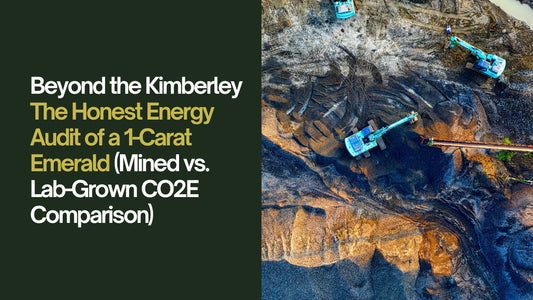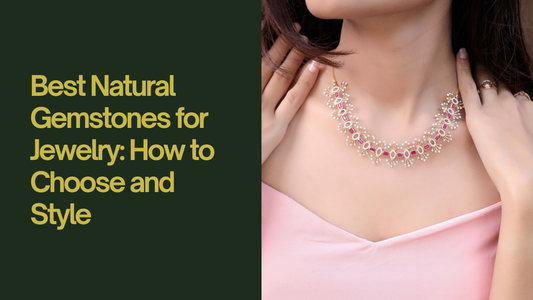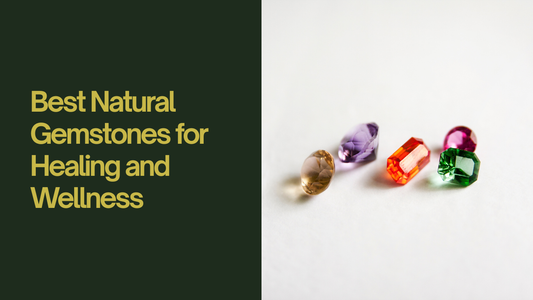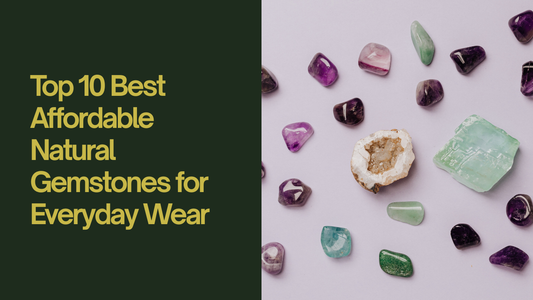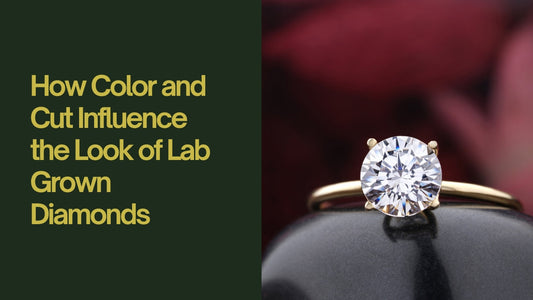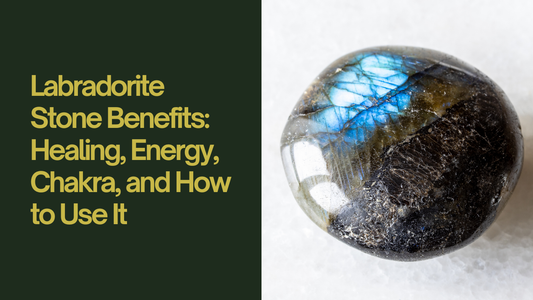
Sapphire as an Investment: What You Need to Know About Its Value
Investing in gemstones like sapphire stone has become more popular over the years. Sapphires are not just beautiful gems used in jewelry, but they also hold significant value, making them an attractive option for investment. However, like any investment, there are important things to know about the value of sapphires before deciding to purchase one as an investment.
This guide will cover everything you need to know about sapphire as an investment, how its value is determined, and tips to make smart investment choices.
1. Why Sapphires are a Good Investment
Sapphires have been prized for their beauty and rarity for centuries. Their deep blue color, durability, and status as one of the most precious gemstones make them an appealing option for collectors and investors alike. But why exactly are sapphires a good investment?
- Rarity: High-quality sapphires, especially those that are naturally vibrant and untreated, are quite rare. As with most rare items, their scarcity increases their value over time.
- Durability: Sapphires are very hard, ranking 9 on the Mohs hardness scale (just below diamonds). This makes them highly durable and long-lasting, which is essential for retaining their value.
- Historical Value: Sapphires have been associated with royalty and the wealthy for centuries. Famous sapphires have been passed down through generations, adding to their allure as a timeless investment.
2. How Sapphire Value is Determined: The 4Cs
When investing in sapphires, it’s important to understand how their value is determined. The 4Cs—Color, Clarity, Cut, and Carat—are the main factors that influence the price of sapphires.
-
Color: The most valuable sapphire gemstones are those with a rich, vivid blue color. The more intense the blue, the higher the value. While blue sapphires are the most famous, sapphires come in various colors (called "fancy sapphires"), including pink, yellow, and green, and these can also be valuable depending on the intensity of their color.
-
Clarity: Sapphires, like most gemstones, may have inclusions or tiny imperfections. However, sapphires with fewer visible inclusions are more valuable. Stones that are "eye-clean" (meaning no inclusions can be seen with the naked eye) are especially prized.
-
Cut: The way a sapphire is cut affects its brilliance and overall appearance. A well-cut sapphire will reflect light beautifully, enhancing its color and making it more attractive, thus more valuable.
-
Carat: As with most gemstones, the larger the sapphire, the higher its value. However, size isn’t everything—color and clarity still play a major role in determining the price.
3. Natural vs. Synthetic Sapphires
When investing in sapphires, it’s important to understand the difference between natural and synthetic stones. Natural sapphires are formed in the earth over millions of years, making them rare and valuable.
-
Natural Sapphires: These are more expensive due to their rarity and are the preferred choice for investors. Untreated natural sapphires, in particular, hold a higher value because they have not been altered in any way to enhance their color or clarity.
-
Synthetic Sapphires: These are man-made stones created in a lab. While they are chemically identical to natural sapphires, they are much cheaper and not considered a good investment. Always make sure you’re buying a certified natural sapphire if you’re investing.
4. Factors that Affect Sapphire Investment Value
Apart from the 4Cs, there are other important factors that can influence the value of sapphires over time:
-
Origin: Sapphires from certain locations, such as Kashmir, Burma (Myanmar), and Sri Lanka, are particularly prized. Kashmir sapphires, for instance, are known for their exceptional color and are some of the most valuable in the world.
-
Treatment: Some sapphires undergo treatments to improve their color or clarity. Heat-treated sapphires are common and usually more affordable than untreated stones. However, untreated sapphires hold more value as they are considered more "natural." Be sure to check if the sapphire has undergone any treatment, as this will affect its investment value.
-
Market Trends: Gemstone values can fluctuate based on market demand, availability, and economic factors. Keeping an eye on market trends and prices is essential for making a smart investment.
5. Tips for Investing in Sapphires
If you’re thinking of investing in sapphires, here are some helpful tips to make a wise decision:
-
Buy from Reputable Sellers: Always purchase sapphires from trusted and reputable jewelers or dealers. Make sure the sapphire comes with certification from a recognized gemological laboratory (such as GIA or AGS) that verifies its authenticity, quality, and whether it has been treated.
-
Go for High-Quality Stones: If you’re investing, it’s better to buy one high-quality sapphire rather than several lower-quality stones. A sapphire with excellent color, clarity, and no treatments will retain and increase its value over time.
-
Consider Fancy Sapphires: While blue sapphires are the most well-known, sapphires come in a variety of colors, including pink, yellow, and green. Some of these fancy sapphires can be just as valuable as blue ones, especially if they are rare or have an exceptional color.
-
Size Matters, But Quality Is Key: A larger sapphire might seem more valuable, but if it lacks color or clarity, it may not be a wise investment. Focus on quality first, and size second.
6. Long-Term Investment Potential
Sapphires have consistently maintained their value over the years, and in some cases, their worth has increased. High-quality, untreated sapphires, especially from desirable origins like Kashmir, can command significant prices at auctions and among collectors.
7. Conclusion
Sapphires are not just beautiful gemstones—they are also a smart investment for those who understand their value. With their rarity, durability, and timeless appeal, sapphires hold strong long-term investment potential. When purchasing a sapphire for investment purposes, focus on the 4Cs, opt for untreated stones, and buy from reputable sellers. Whether it’s a classic blue sapphire or a rare fancy color, a well-chosen sapphire can be a valuable addition to your investment portfolio.
